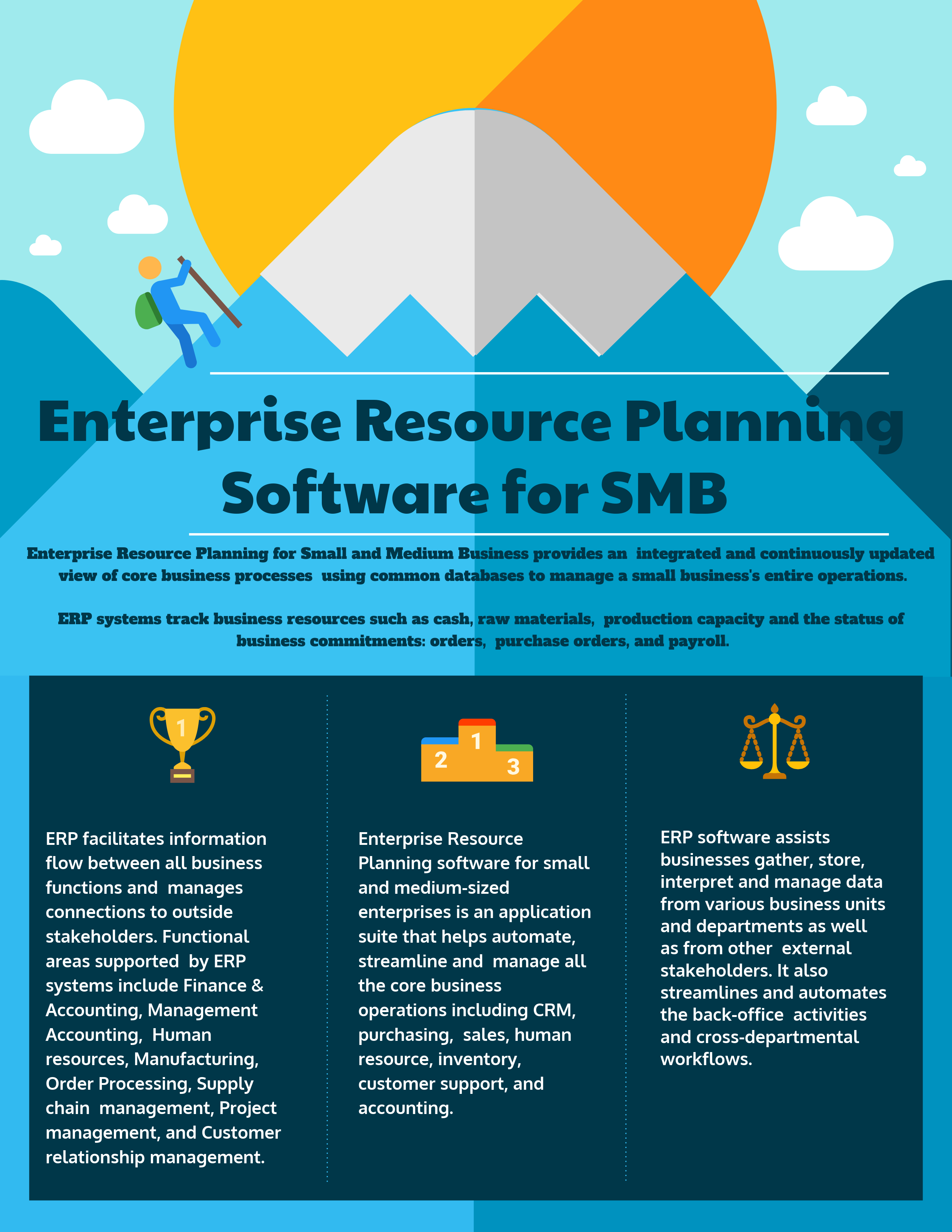
Items are delivered when they are needed and used immediately. Just In Time (JIT) - this aims to reduce costs by cutting stock to a minimum. At every review you place an order to return stocks to a predetermined level. Stock review - you have regular reviews of stock.Minimum stock level - you identify a minimum stock level, and re-order when stock reaches that level.

Keeping little or no stock and negotiating with suppliers to deliver stock as you need it If you are short of space, you may be able to buy stock in bulk and then pay a fee to your supplier to store it, calling it off as and when needed. How much stock should you keep?ĭeciding how much stock to keep depends on the size and nature of your business, and the type of stock involved. However, low-cost items can be crucial to your production process and should not be overlooked. You may choose to concentrate resources on the areas of greatest value. If your stock levels are limited by capital, this will help you to plan expenditure on new and replacement stock. For example, you could put items into low, medium and high value categories. You can categorise stock further, according to its value. The type of stock can influence how much you should keep - see the page in this guide on how much stock you should keep.


raw materials and components - ready to use in production.


 0 kommentar(er)
0 kommentar(er)
